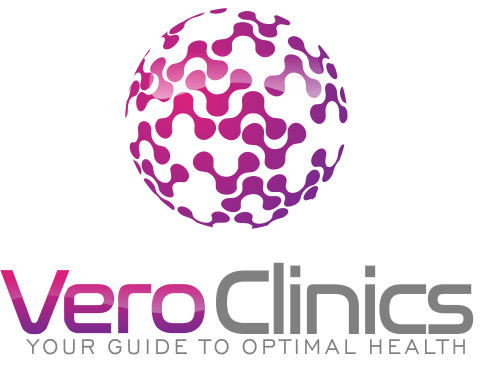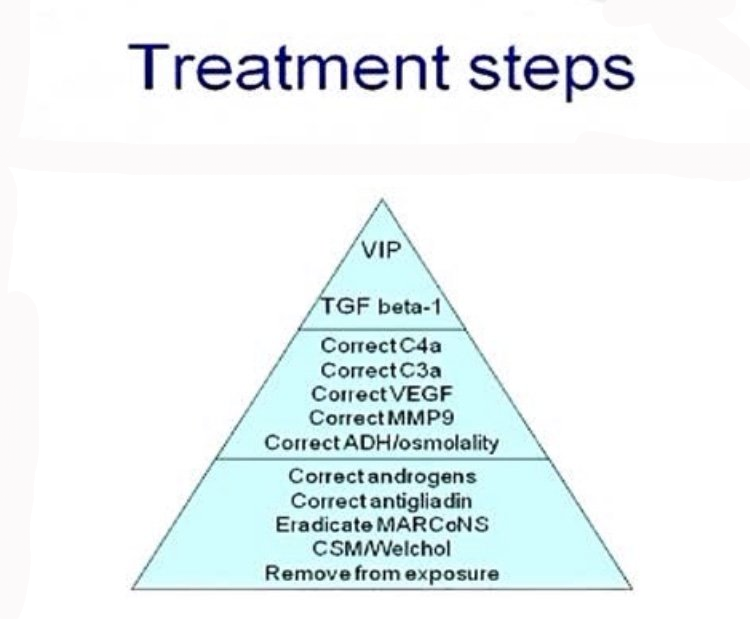Case Criteria
Chronic Inflammatory Response Syndrome
With respect to Dr Ritchie Shoemaker, we have added Chronic Inflammatory Response Syndrome (CIRS) to the realm of our treatment protocols. Dr Pfeiffer has begun the process of becoming a c oveted certified practitioner in the “Shoemaker Protocol.” It is noted that in 24% of the population, a genetic disposition can make them susceptible to CIRS. Chronic Inflammatory Response Syndrome is a progressive multi-system, multi-symptom illness caused by exposure to biotoxins including, but not limited to mold, Lyme, viruses, parasites, and other related infections. Patients may carry a multitude of misdiagnoses such as chronic fatigue, fibromyalgia, lupus, MS, depression, anxiety, ADD, PTSD, IBS, Parkinson’s, Alzheimer’s, and many more. Because of certain genetic markers, the majority of people are not susceptible to CIRS, but in the other 24% of the population, their immune system is unable to recognize biotoxins and therefore cannot adequately eradicate them.
- Symptoms consistent with biotoxin illness. 6 of the symptom clusters listed above is grounds for a thorough diagnostic workup and 8 symptom clusters is consistent with biotoxin illness.
- History consistent with biotoxin exposure to WDB's, toxicogenic blue green algae, tick bites or consumption of reef fish.
- Visual Contrast Sensitivity testing to assess and document capillary hypoperfusion from neurotoxins.
- Genetic predisposition as determined through HLA haplotype
- Presence of genomically active MARCONS in the nasal cavity.
- An abnormal rise in pulmonary artial systolic hypertension during exercise
- Biomarkers consistent with CIRS: neuro-regulatory, neuro-endocrine, neuro-immune, inflammatory, vascular and endocrine abnormalities.
Bioidentical Hormone Replacement for Men and Women
Lyme Disease
Mold
QUICK LINKS
Copyright © 2024 Vero Clinics - All Rights Reserved - Designed and Developed by Solution21, DBA Web Concepts Media- Legal Notices


